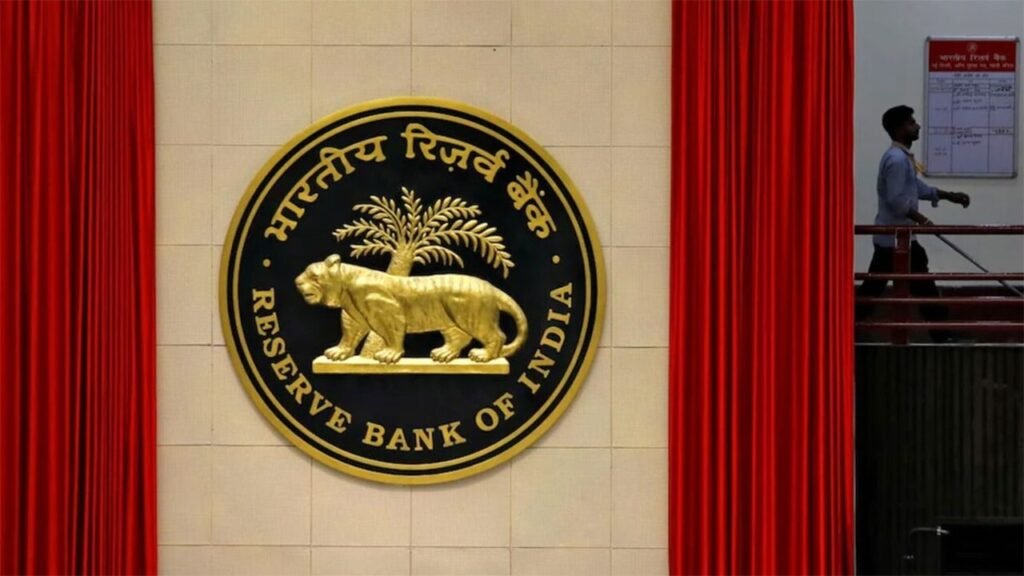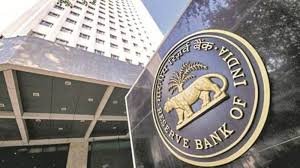RBI Projects Further Moderation in Bank NPAs to 2.5%
Introduction
The Reserve Bank of India (RBI) has projected a further decline in Non-Performing Assets (NPAs) in Indian banks, predicting a moderation to 2.5% by March 2024. This projection highlights a significant improvement in the health of the banking sector, which is crucial for economic stability and growth. The reduction in NPAs is a positive indicator for the banking industry and reflects the effectiveness of regulatory measures and economic policies.
Significance of the NPA Reduction
The projection of reduced NPAs is a critical development for the Indian economy. Lower NPAs indicate a healthier banking system, which can lend more freely, spurring economic activity and growth. It also reflects better asset quality and improved financial discipline among borrowers. This positive trend is essential for maintaining investor confidence and ensuring sustainable economic development.
Factors Contributing to NPA Reduction
Several factors have contributed to the decline in NPAs. These include stringent regulatory norms, effective recovery mechanisms, and the implementation of the Insolvency and Bankruptcy Code (IBC). Additionally, banks have improved their risk assessment and management practices, leading to better credit quality. The economic recovery post-pandemic has also played a significant role in reducing stress on the banking sector.
Impact on the Banking Sector
The anticipated decline in NPAs will have a profound impact on the banking sector. It will enhance the profitability and lending capacity of banks, enabling them to support various sectors of the economy more effectively. Improved asset quality will also reduce the need for provisioning, thereby increasing the available capital for lending and investment.
Future Outlook
The RBI’s projection is a positive sign for the future of the Indian banking industry. Continued efforts to strengthen regulatory frameworks and promote financial discipline are expected to sustain this downward trend in NPAs. The focus on digital transformation and improved credit appraisal systems will further enhance the resilience of the banking sector.

Why this News is Important
Economic Stability
The reduction in NPAs is crucial for the stability of the Indian economy. A healthy banking sector ensures the smooth functioning of financial markets and supports economic activities by providing necessary credit.
Investor Confidence
Lower NPAs boost investor confidence in the banking sector, attracting more investments. This increased investment can lead to more significant economic development and job creation.
Financial Health of Banks
A reduction in NPAs improves the financial health of banks, enabling them to lend more and support economic growth. It also reduces the need for capital infusion from the government, saving public resources.
Policy Effectiveness
The decline in NPAs reflects the effectiveness of government policies and regulatory measures. It underscores the success of initiatives like the Insolvency and Bankruptcy Code and improved recovery mechanisms.
Long-term Economic Growth
A robust banking sector with low NPAs is essential for long-term economic growth. It ensures that credit is available for productive uses, driving investment, innovation, and overall economic progress.
Historical Context
Previous NPA Levels
In the past, Indian banks faced high levels of NPAs, which posed a significant challenge to the economy. The peak of the NPA crisis was observed around 2017-18, with gross NPAs reaching approximately 11.2% of total advances.
Regulatory Interventions
To address the NPA crisis, the RBI and the government introduced several measures. The implementation of the Insolvency and Bankruptcy Code in 2016 was a landmark step. It provided a structured framework for the resolution of stressed assets, significantly aiding in the reduction of NPAs.
Economic Recovery Post-Pandemic
The COVID-19 pandemic added stress to the banking sector, but subsequent economic recovery measures have helped in stabilizing and improving asset quality. The government’s financial packages and regulatory forbearance have played a crucial role in this recovery.
Key Takeaways from RBI Projects Further Moderation in Bank NPAs to 2.5%
| Serial Number | Key Takeaway |
|---|---|
| 1 | RBI projects NPAs to decline to 2.5% by March 2024. |
| 2 | Reduction in NPAs indicates a healthier banking sector. |
| 3 | Factors contributing include regulatory measures and economic recovery. |
| 4 | Lower NPAs boost investor confidence and financial health of banks. |
| 5 | Continued regulatory efforts and digital transformation are crucial for sustained improvement. |
Important FAQs for Students from this News
What are NPAs in banking?
- NPAs (Non-Performing Assets) refer to loans in which the borrower has ceased to pay interest or principal, typically for 90 days or more.
How do NPAs affect banks and the economy?
- High NPAs strain banks’ finances, reduce their lending capacity, and can lead to economic instability by restricting credit flow to productive sectors.
What measures has the RBI taken to reduce NPAs?
- The RBI has implemented measures such as the Insolvency and Bankruptcy Code (IBC), stricter loan classification norms, and asset quality reviews to tackle NPAs.
Why is reducing NPAs important for economic growth?
- Lower NPAs indicate a healthier banking system capable of supporting economic activities through increased lending and improved investor confidence.
What role does digital transformation play in reducing NPAs?
- Digital transformation helps banks improve efficiency in loan processing, risk assessment, and recovery, thereby reducing instances of NPAs.
Some Important Current Affairs Links

















